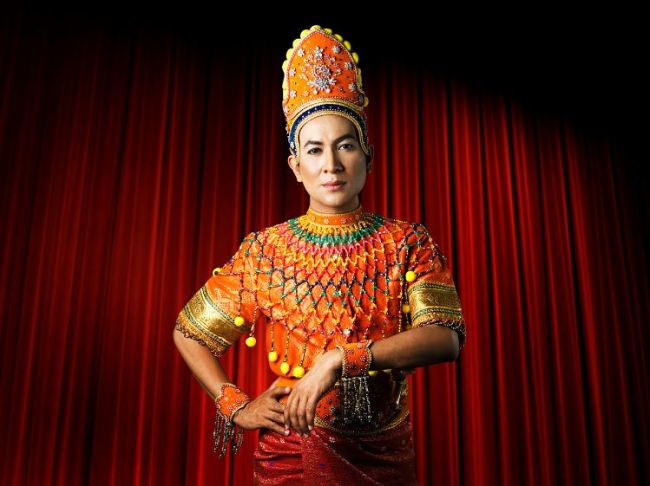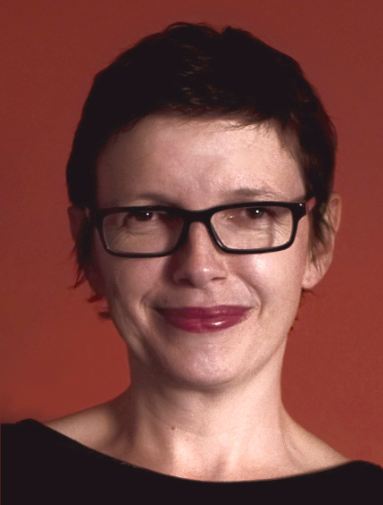This year's Cultural Communication Forum organized by Corea Image Communication Institute invited 20 leading cultural figures from 18 countries to experience Korean culture and to discuss ways to promote cultural communication across national borders. Following is an excerpt from interviews with some of the delegates who attended the three-day program.
 |
Benson Puah, CEO of Esplanade - Theatres on the Bay (Corea Image Communication Institute) |
Benson Puah
After building a notable career in hotel construction and management, Benson Puah reached a turning point in his life.
“I asked myself, who else benefits from my wealth besides me and my shareholders?” Puah told The Korea Herald during an interview at the Grand Hyatt Seoul on Tuesday. “That’s when I knew I wanted to do something to benefit mankind.”
He then went on to spend much of his time relaunching Sentosa -- a popular island destination off mainland Singapore -- to not only maintain its popularity among visitors, but also transform it into an affordable “playground” for locals.
In 1998, the government invited him to spearhead the operation of what is now known as Esplanade -- Theatres on the Bay.
Nicknamed “Durian” due to its shape, Esplanade is a non-profit arts and performance venue that has hosted some 31,000 shows and attracted over 20 million guests since its foundation.
While Singapore -- a country with a relatively short, but multicultural history -- focuses primarily on the present and the future, Korea “looks into the past to inform the future,” according to Puah.
“There is a rediscovery and reframing of traditions here in Korea,” said Puah. “The important thing is that the young can connect with it.”
 |
Traditional Mak Yong dancer Rosnan Rahman (Corea Image Communication Institute) |
Rosnan Rahman
A country where K-pop is preferred over traditional arts among younger generations, Malaysia is still navigating ways to adapt to the high-technology future without compromising the country’s roots.
“Malaysia is a very multicultural nation, and we all respect each other,” said traditional Makyung actor Rosnan Rahman. “But it seems like Malaysians, especially the younger generations, appreciate other cultures more.”
Declared by UNESCO as a “Masterpiece of the Oral and Intangible Heritage of Humanity,” Makyung, also known as Mak Yong, is an ancient form of performance that combines singing, acting and dancing. Originally performed for royalties, it has played a significant role in preserving traditional Malay culture.
“I am among the younger generation of people participating in Mak Yong,” said Rahman, 44. “Most are in their 60s and 70s because younger people don’t want to join.”
Rahman has noticed the balance of traditional and modern arts in today’s Korean culture.
“When I was here in 1997 for a performance, Korea’s dedication to preserving traditions wasn’t obvious,” noted Rahman. “Now (the effort) is very clear and impressive.”
While Malaysian society wants to maintain the country’s traditions in their original state, Rahman says that multimedia performances like “Korea Sim Cheong,” a modern twist to the Korean classic tale “The Story of Sim Cheong,” at Korea House will help young Malaysians gain a fresh perspective and appreciation for their culture.
 |
Katrina Sedgwick, director and CEO of the Australian Center for the Moving Image (Corea Image Communication Institute) |
Katrina Sedgwick Katrina Sedgwick has spent much of her career fostering the growth of motion images.
Now, she heads the Australian Centre for the Moving Image, a multimedia gallery dedicated to connecting people to various forms of motion pictures, from movies to virtual reality.
Attracting over a million visitors per year, ACMI recently hosted its annual Korean film festival, which screened some of Korea’s biggest blockbuster hits, including director Na Hong-jin’s “The Wailing,” Ryoo Seung-wan’s “Veteran,” and more.
Familiar with Korea’s role in the global cinema and online gaming industry, she said she saw a different side of Korea during her time at CCF 2016.
“Before I came to Korea this year, my impression was that it is a very technologically developed society,” said Sedgwick, who made her first visit to the country in May for the touring exhibition of “DreamWorks Animation Special Exhibition -- from Sketch to Screen” at the Seoul Museum of Art.
“What struck me coming here was discovering the traditional aspects that are creating a very specific contemporary narrative in Korean culture.”
Just as Australia strives to preserve and promote the country’s indigenous population and its traditions, Sedgwick recognizes Korea’s continuous engagement with its past to create “distinctive and modern Korean experiences.”
By Kim Yu-young (
ivykim@heraldcorp.com)










